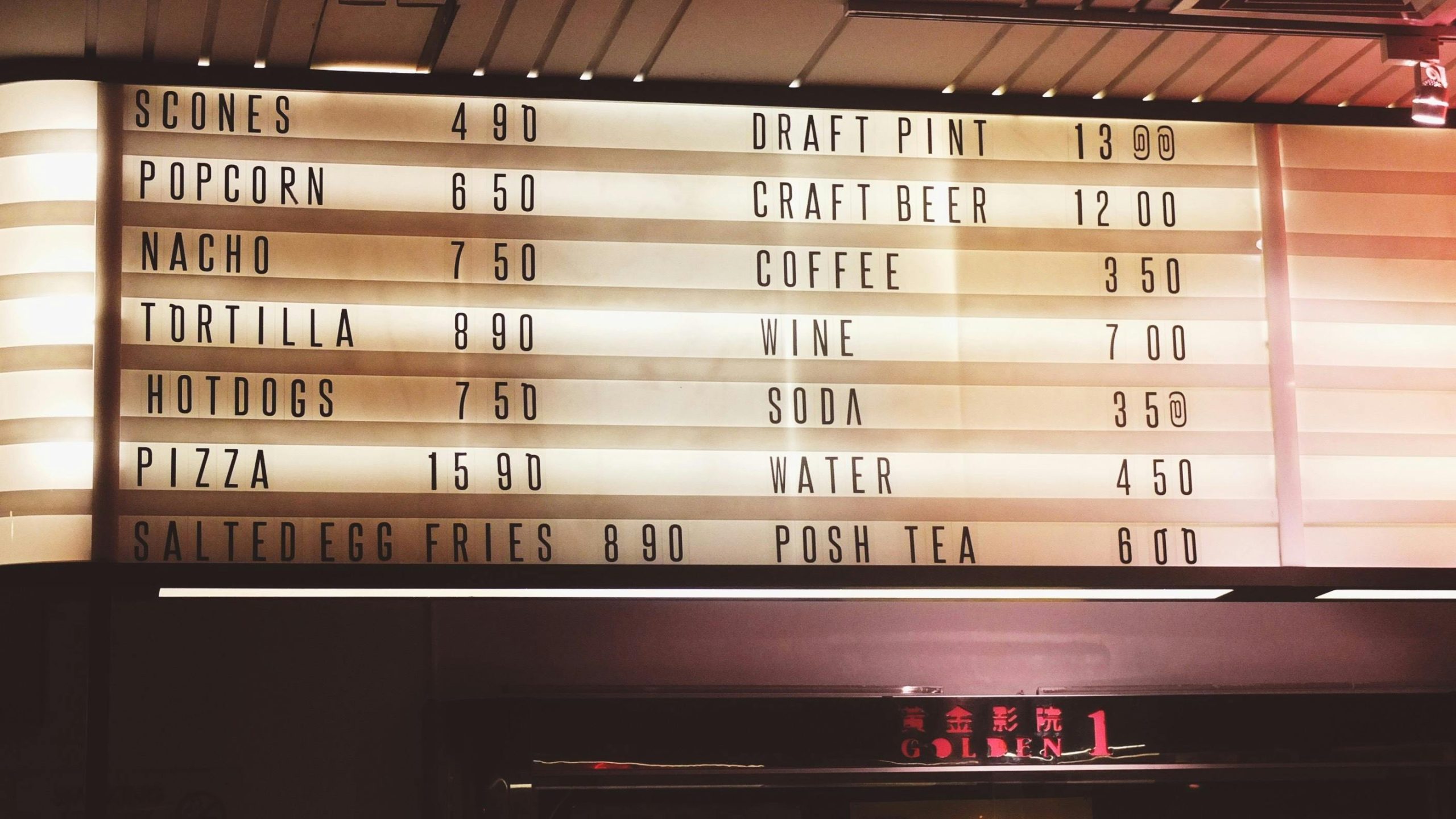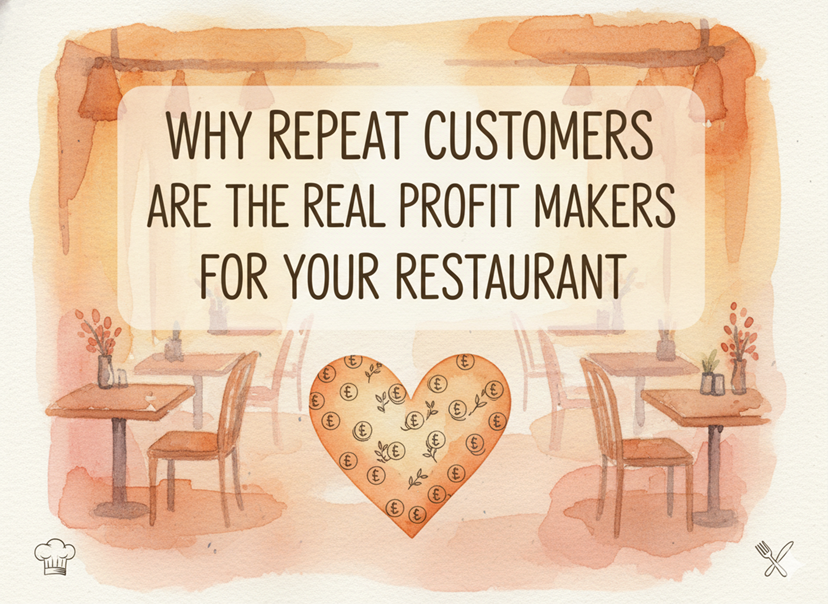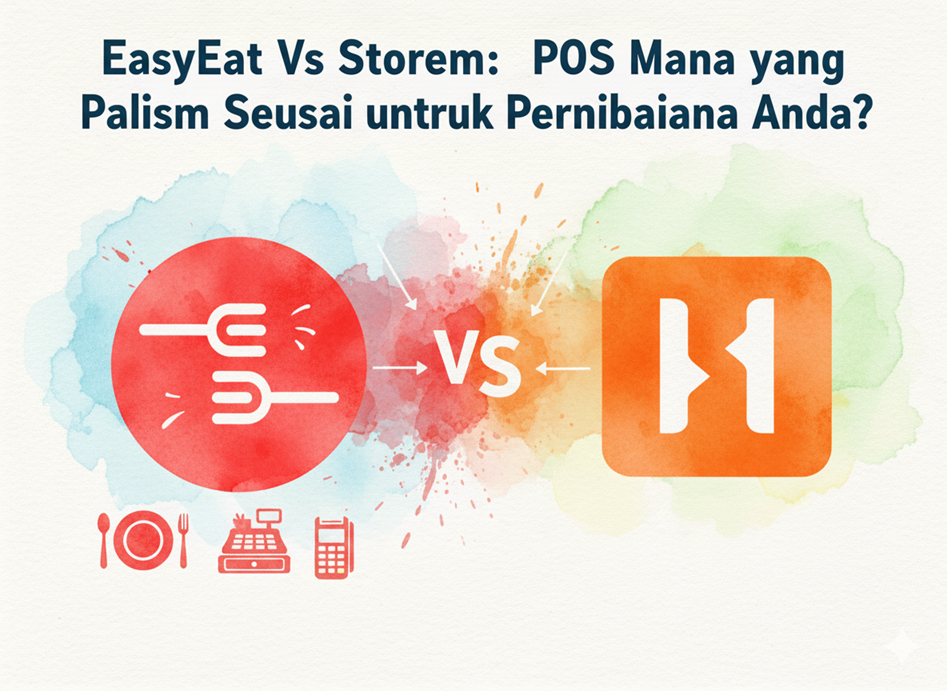When it comes to pricing food items for your food court, you face a balancing act. You want prices that bring in customers, support profits, and respect your vendors. However, competitive pricing is more complex than simply setting lower prices than competitors. If done right, you can attract a loyal customer base and make your business profitable, all without cutting into vendors’ earnings or compromising food quality.
This guide will walk you through how to set prices competitively while keeping vendors, customers, and your business happy.
1. Know Your Costs Inside Out
The first step to effective pricing is understanding all your costs. This includes everything from the cost of ingredients, labor, and rent to utility bills and even packaging. For instance, did you know that food costs typically account for about 28-35% of a restaurant’s sales? This benchmark can guide you in setting menu prices that cover your costs without straining customers’ budgets.
Calculate your food cost for each dish by dividing the total cost of ingredients by the price you plan to charge. For example, if a dish costs RM4 to make, you’ll want to price it between RM11 and RM14 to maintain an appropriate profit margin.
- Food Costs: Ingredient costs for each menu item.
- Labor Costs: Wages for employees preparing and serving the dish.
- Overhead Costs: Rent, utilities, equipment, and other expenses.
2. Research the Market and Your Competitors
Competitive pricing begins with knowing what other restaurants in your area charge for similar items. This is especially important if you operate in a food court, where customers can easily compare prices between food stalls. Analyze the prices for similar dishes, portion sizes, and overall value in nearby restaurants.
Here are some ways to research competitor pricing:
- Check Food Delivery Apps: Most apps display menu prices and even customer reviews.
- Visit Nearby Food Courts: Compare the pricing of similar vendors and note any unique selling points.
- Look for Trends: Are there specific food items that are priced higher or lower? Look for reasons behind these trends.
You’ll want to set a price that’s in line with these businesses but highlights what makes your dish unique. Remember, it’s not about beating every price but positioning your menu as high-value.
3. Consider Value-Based Pricing
Value-based pricing is about aligning the price with what customers perceive as the value of the dish. If customers feel your food is worth the price, they’re more likely to accept it, even if it’s slightly above the average. Focus on aspects that add value, such as high-quality ingredients, unique flavors, sustainable sourcing, or even the story behind a dish.
Let’s say your restaurant is located in a food court, but you offer locally sourced, organic ingredients. You can charge a bit more for these items because customers often see the added value. Value-based pricing helps justify your prices without undercutting vendors or compromising quality.
4. Utilize Psychological Pricing Techniques
Psychological pricing can encourage customers to see your prices as more appealing without sacrificing profit margins. This doesn’t mean deceiving customers, but rather using tactics to make prices seem reasonable.
Here are some proven techniques:
- Charm Pricing: Price items at RM9.99 instead of RM10. This small change can make the price appear lower.
- Anchor Pricing: Show a higher-priced item next to a mid-range item to make the latter seem more affordable.
- Bundling Combos: Offer combo meals for a slight discount compared to purchasing each item individually.
For instance, if you price a main dish at RM9.99, add-ons like drinks or desserts could be bundled to create a meal set at a slight discount, giving customers the perception of better value.
5. Set Flexible Pricing in Different Locations
If you own multiple outlets or a food court stall, you might need to adjust prices based on location. Certain neighborhoods or mall food courts attract different customer demographics. In upscale areas, customers might expect and accept higher prices. In other locations, price sensitivity may be higher, and competitive pricing could be more important.
Consider these factors when setting location-based prices:
- Local Average Income: Higher-income areas may accept higher menu prices.
- Foot Traffic and Competition: In high-traffic food courts, competitive pricing could be essential to attract customers.
- Operating Costs: Different locations come with varying rent and utility costs, which should factor into your pricing.
6. Communicate Your Value with Descriptions
Menu descriptions can influence how customers perceive the price of food items. Use descriptive words that highlight the quality, ingredients, and flavors of each dish. A well-written menu not only makes items sound more appealing but can also justify a slightly higher price.
For example, rather than saying “Grilled Cheese Sandwich,” you could describe it as “Artisan Grilled Cheese on Sourdough with Melted Aged Cheddar and Freshly Sliced Tomatoes.” Descriptions like this suggest that you’re offering a unique experience that’s worth the price.
7. Use Pricing to Manage Your Food Costs
Menu pricing is a powerful way to control food costs. One common approach is to adjust prices based on ingredient costs. If the cost of certain ingredients spikes, consider increasing the price of related dishes temporarily. Alternatively, you could introduce “market price” for certain items, like seafood, which fluctuates regularly.
Another approach is to encourage the purchase of high-margin items. High-margin items—dishes that cost less to make but can be priced higher—can boost overall profits without needing to increase all prices. Place these items strategically on the menu or add attractive descriptions to catch customers’ attention.
8. Avoid the Trap of Constant Discounts
Discounting is tempting, especially if you want to attract more customers. But over time, heavy discounts can hurt your brand image and make customers expect lower prices. They may start viewing your restaurant as “cheap” rather than valuable, which can alienate customers who associate quality with price.
Instead of frequent discounts, focus on occasional promotions tied to special events or holidays. This allows you to attract more customers without undercutting your prices permanently.
9. Test Your Prices and Get Feedback
Once you set prices, gather feedback to see how customers respond. This could be as simple as asking regulars for their opinion or observing sales data after a price adjustment. Look for patterns in your sales data to see if a higher or lower price point affects volume.
If you’ve recently adjusted prices, consider running a survey or looking at reviews. According to research, 60% of customers say they’re likely to leave feedback on food quality and price, especially in food courts where customers have other choices. This feedback can guide you on whether your prices are competitive or need tweaking.
10. Offer Options for Every Budget
A diverse menu with items at various price points can appeal to a broader audience. For example, include appetizers, sides, or desserts at a lower price for budget-conscious customers, while also offering premium dishes for those willing to spend more.
This strategy, known as tiered pricing, gives customers the flexibility to choose based on their budget. It’s a way to attract a wide range of customers without compromising on quality or profits.
Pricing food items competitively is an art and a science. It requires a deep understanding of your costs, customer preferences, and the competitive landscape. By balancing these factors, you can set prices that attract customers, respect vendors, and support your bottom line.
Remember, pricing isn’t about being the cheapest option in town. It’s about creating value that keeps customers coming back, builds trust with vendors, and maintains the profitability of your restaurant. With a thoughtful approach to menu pricing, you’ll be better positioned to compete in any market.




